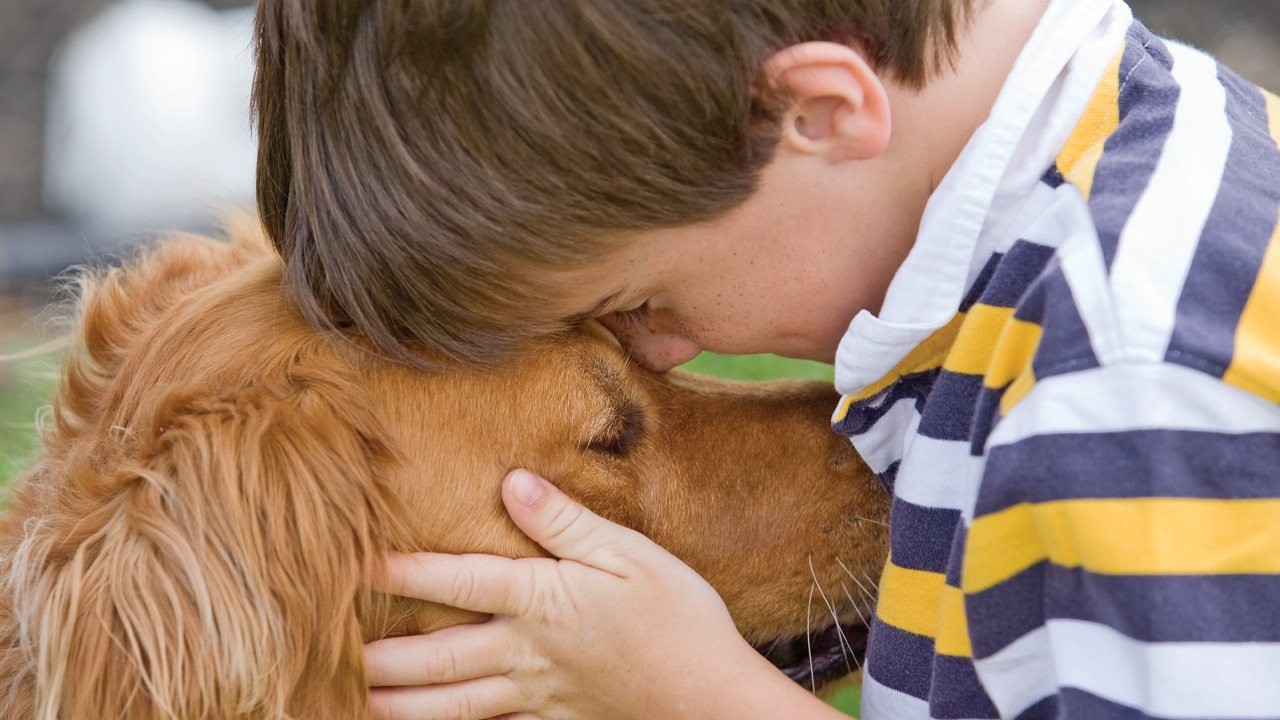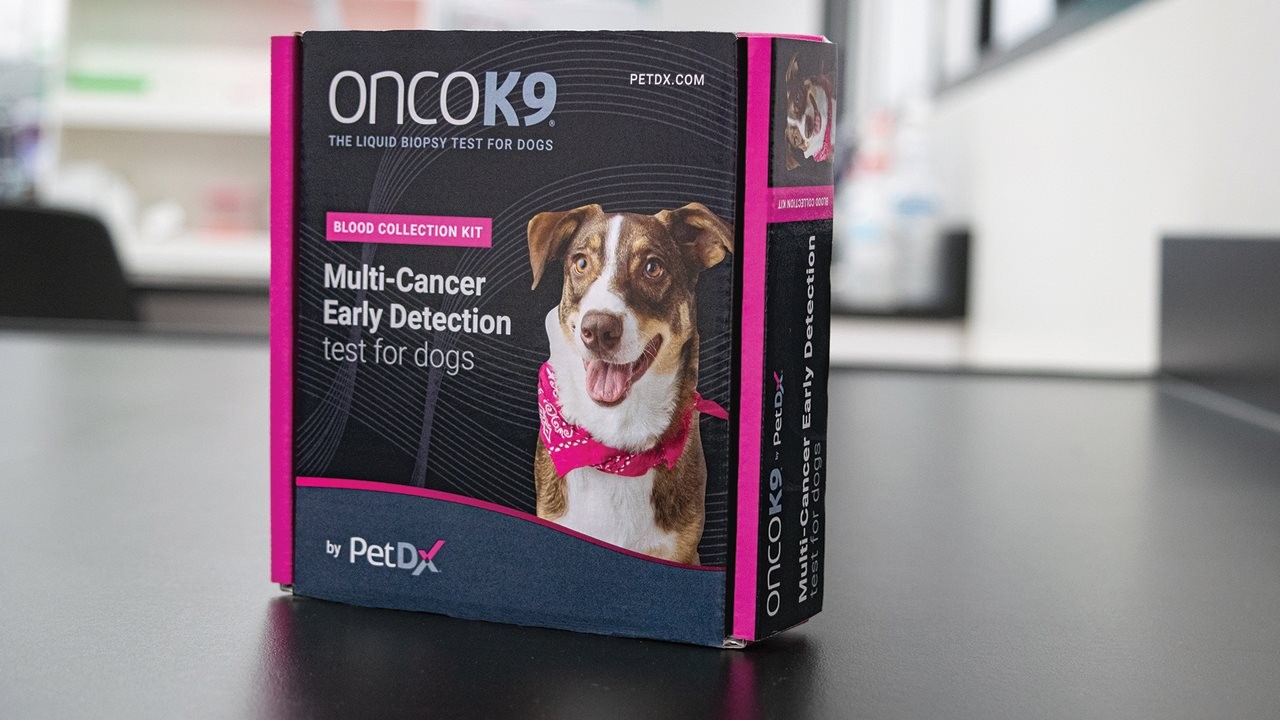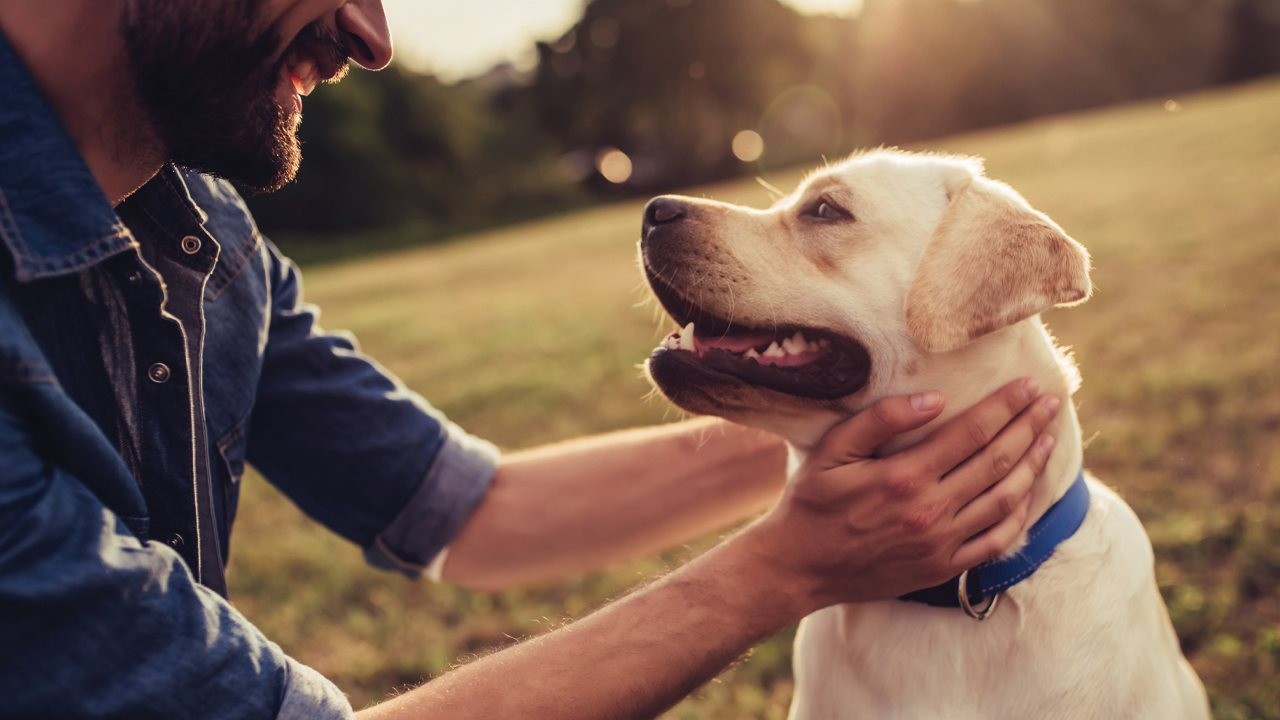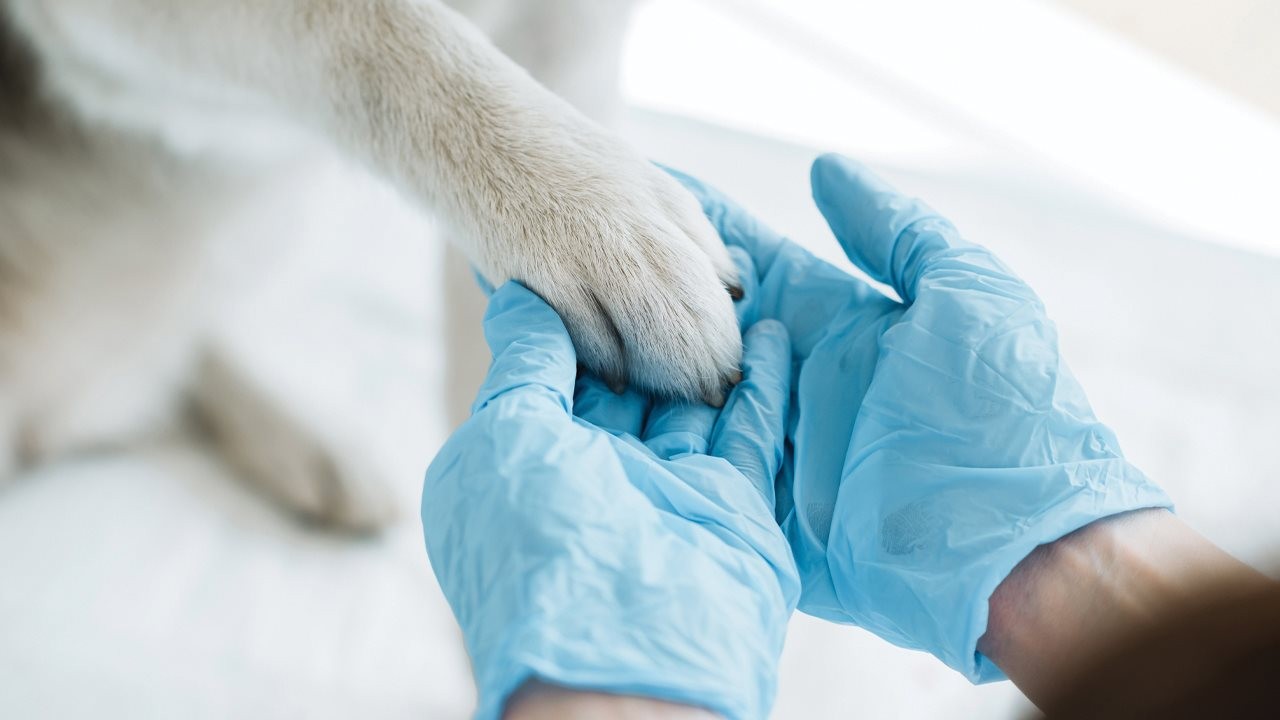(BPT) – Have you ever locked eyes with your dog and felt certain that no other being would ever understand you like this creature? Have you been anxious or sad and felt the nudge of a sympathetic nose or a furry body lean against you in support? If so, you know the bond that exists between a dog and its person.
Unfortunately, cancer can cut this connection short, forcing us to say goodbye to our canine companions far too early. But arming yourself with knowledge about the disease gives you the power to make a difference in your dog’s life. Check out these insights from PetDx, maker of the OncoK9 multi-cancer early detection test for dogs.
1. Cancer is the leading cause of death in adult dogs.

Sadly, many families will get the news at some point that their dog has cancer. One in three dogs will develop cancer during their lifetime, and cancer is by far the single most common cause of death in adult dogs. In fact, it kills more dogs than the next five causes of death (trauma; infection; and metabolic, inflammatory and degenerative disease) combined.
2. Some dogs are at higher risk of cancer based on age, breed and size.

Older dogs, and certain breeds such as Golden Retrievers, German Shepherds and Labrador Retrievers, have a higher risk of cancer. Larger dogs (purebred and mixed-breed) are also more frequently diagnosed. Wondering about your own dog? The OncoK9 Cancer SAFE tool from PetDx provides a science-based, individualized recommendation for when to start screening your dog for cancer.
3. But cancer can affect any dog.

Although the risk is higher in certain dogs, every dog is at risk for developing cancer. Small and mixed-breed dogs can get cancer too. Stay alert to lumps and bumps and anything else unusual in your dog, and schedule regular visits with your veterinarian from puppyhood throughout your dog’s life.
4. There are no formal cancer screening guidelines for dogs.

In human medicine, mammograms, colonoscopies and other cancer-screening tests are routine. Our doctors know that the earlier cancer is detected – before we have a clue something’s wrong – the better it can be managed. Unfortunately, similar guidelines do not currently exist for dogs. Without routine screening protocols in place, most dogs are diagnosed with cancer only after they start to show clinical signs, by which time the disease is often advanced and may be untreatable.
5. A new blood test makes it possible to screen dogs for cancer.

The good news is that a powerful screening test is now available for dogs. OncoK9 can detect 30 different types of canine cancer, including eight of the most common, through a simple blood draw at your veterinarian’s office. Known as a “liquid biopsy,” OncoK9 is powered by the same advanced genomic technology increasingly used in human medicine. With this first-of-its-kind tool, cancer screening can be a regular part of your dog’s care.
6. Early detection can mean more options for treatment and care.

If cancer is detected early, when your dog still looks healthy, you and your veterinarian have the best chance of defeating the disease. Awareness gives you choices: to pursue further testing, explore treatment options, maximize nutrition, boost your dog’s comfort level or simply make the most of every moment. Knowledge is power, and early detection can make an immense impact on the rest of your dog’s life.
7. Early cancer detection is available through your veterinarian.

Schedule a visit with your veterinarian and ask about screening your dog for cancer with OncoK9. Check out the Cancer SAFE tool for individualized screening age recommendations, and use our Clinic Locator tool to find out if your veterinarian offers OncoK9 directly through PetDx. Even if they don’t, the test is available to nearly all veterinary clinics in North America through the IDEXX and Antech reference laboratory networks.
Remember, knowing your dog has cancer is the first step, and knowledge is a powerful tool. After all, our dogs always look out for us, and now with OncoK9, we can have their backs in a way never before possible.


